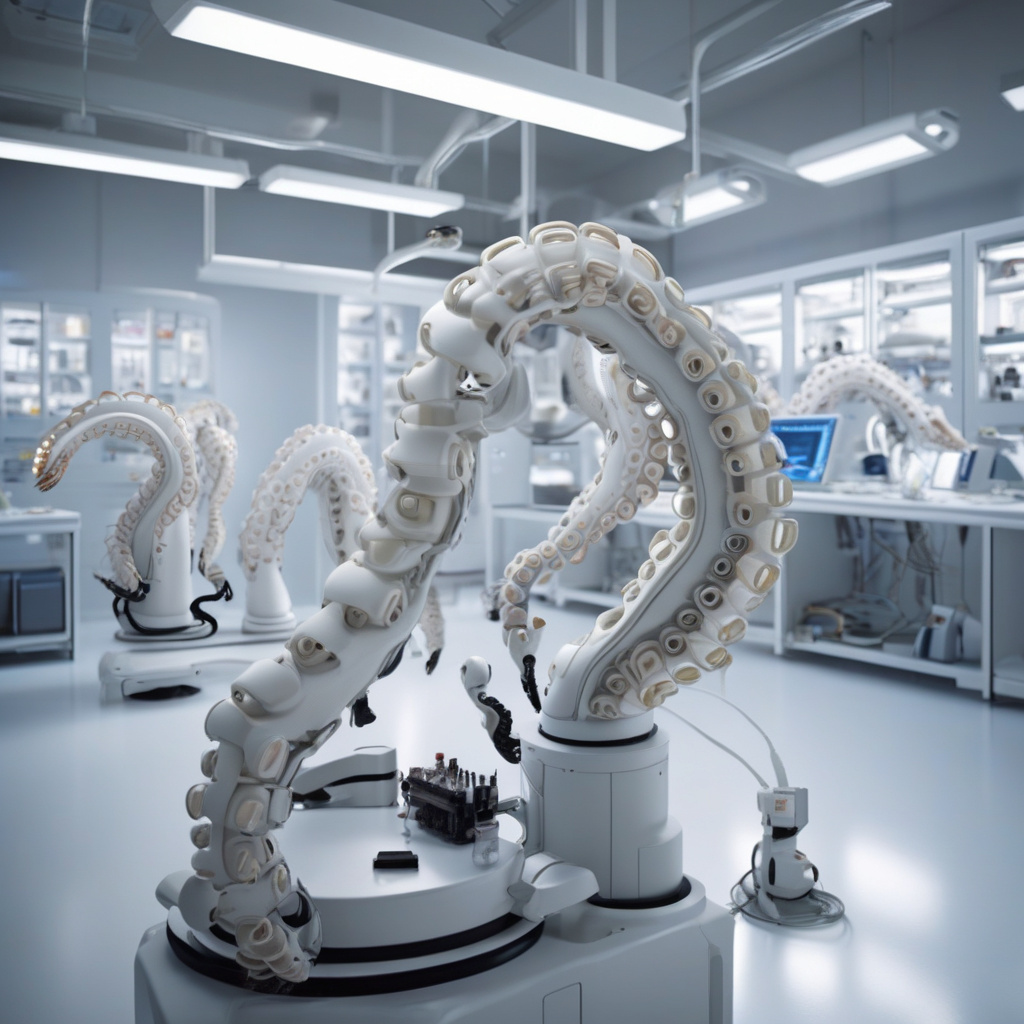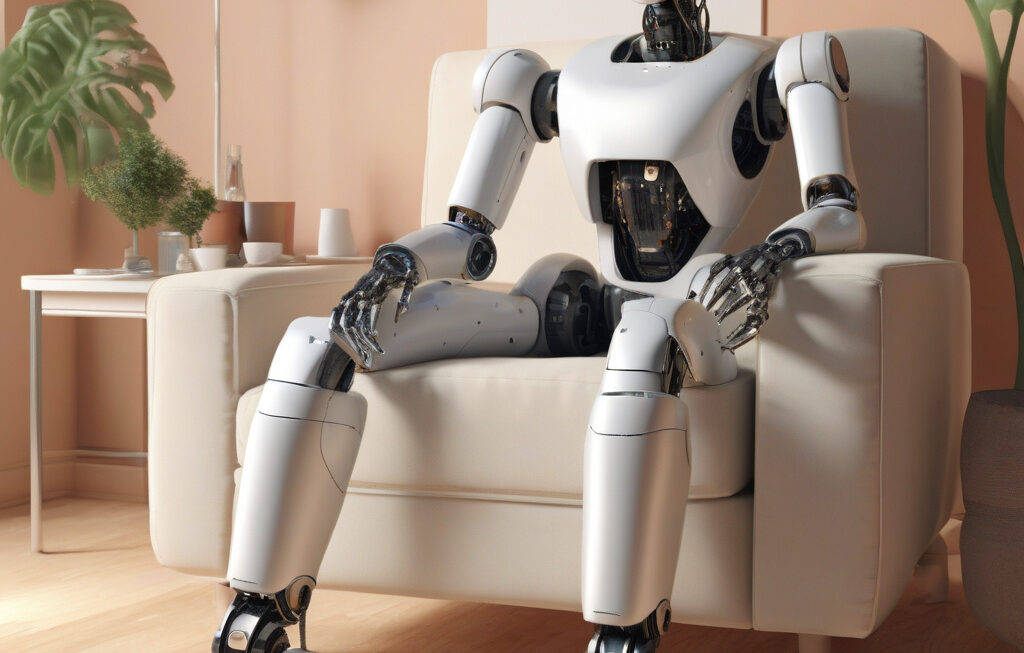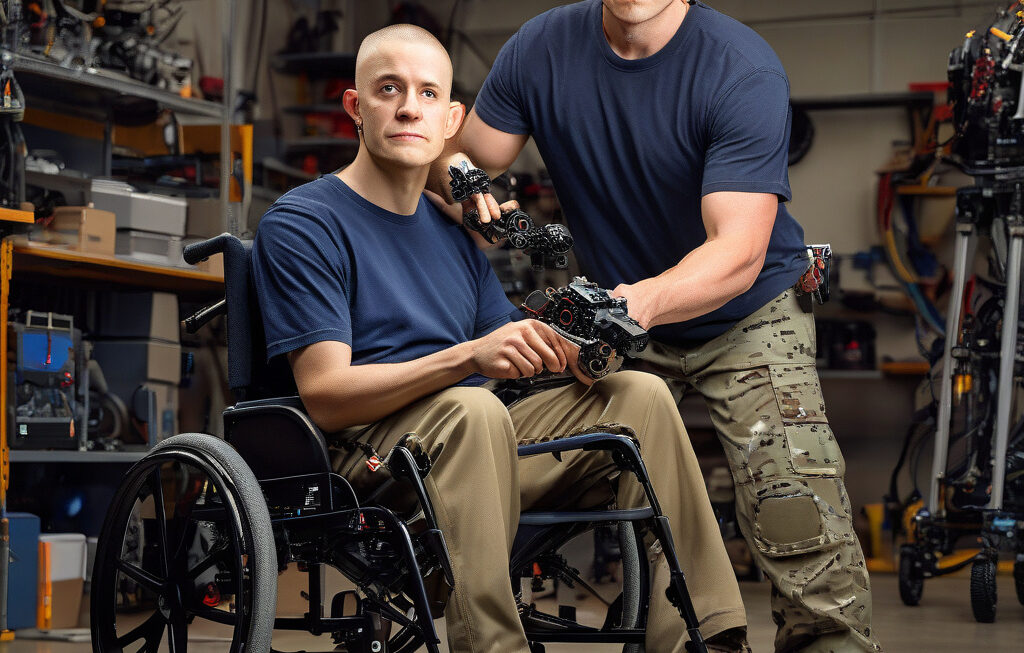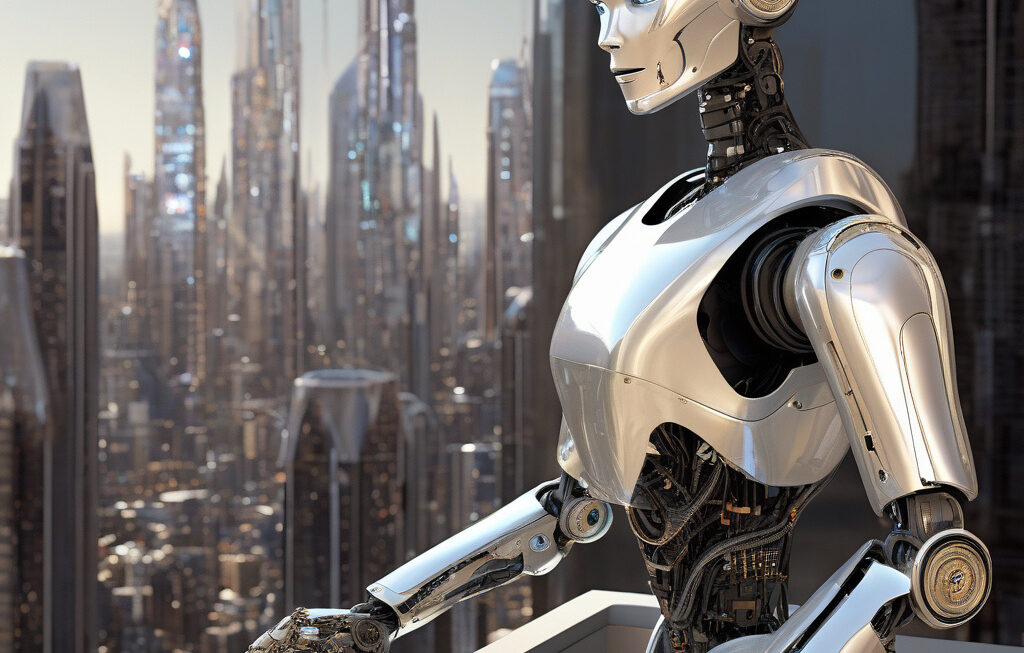Engineers Develop Octopus-Like Soft Robot Arm Powered by Light Beams
Soon, a flexible octopus-like robot could be completely free of wires or internal electronics. Engineers have made a groundbreaking advancement in robotics by creating a soft robot arm that mimics the dexterity and flexibility of an octopus tentacle. What sets this innovation apart is that it is powered entirely by light beams, paving the way for a new era of untethered and autonomous robotic systems.
The inspiration for this revolutionary design came from the remarkable capabilities of the octopus. With its ability to squeeze through tight spaces, grasp objects with precision, and move with fluidity, the octopus is a master of soft-bodied locomotion. By emulating the structure and mechanics of an octopus tentacle, engineers have unlocked a new realm of possibilities for soft robotics.
The key to this innovation lies in the use of light-responsive materials known as liquid crystal elastomers. These materials contract and expand in response to light, enabling the robot arm to move and bend in a lifelike manner. By carefully controlling the intensity and direction of the light beams, researchers can manipulate the movement of the robot arm with high precision.
One of the most significant advantages of this light-powered system is its wireless and self-contained nature. Unlike traditional robots that rely on bulky wires and internal electronics for power and control, the octopus-like robot arm operates independently, making it more versatile and adaptable to a wide range of environments. This could have far-reaching implications for applications in fields such as healthcare, manufacturing, and search and rescue.
Imagine a soft robot arm that can navigate through narrow passages in a collapsed building to locate survivors, or perform delicate surgical procedures with enhanced dexterity and sensitivity. The possibilities are endless with this new breed of light-powered robotics.
In addition to its practical applications, this technology also holds promise for advancing our understanding of soft-bodied locomotion and bio-inspired robotics. By studying the complex movements of the octopus and translating them into engineering principles, researchers are not only pushing the boundaries of technology but also gaining insights into the fascinating world of marine biology.
As we look to the future, it is clear that the field of robotics is undergoing a profound transformation. The development of the octopus-like soft robot arm powered by light beams represents a significant milestone in the evolution of robotics, opening up new avenues for innovation and discovery. With continued research and development, we can expect to see even more sophisticated and versatile soft robots that blur the line between man-made machines and natural organisms.
In conclusion, the creation of a light-powered octopus-like robot arm marks a major leap forward in the field of soft robotics. By drawing inspiration from nature and harnessing the power of light-responsive materials, engineers have unlocked a new level of agility, flexibility, and autonomy in robotic systems. As we witness the continued convergence of biology and technology, the potential for groundbreaking advancements in robotics has never been greater.
soft robotics, octopus-inspired, light-responsive materials, autonomous systems, bio-inspired robotics












